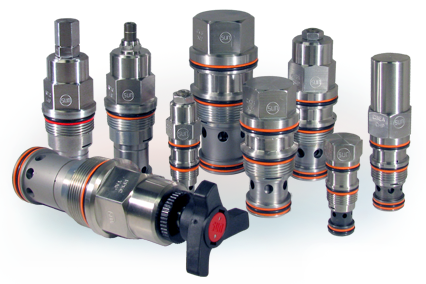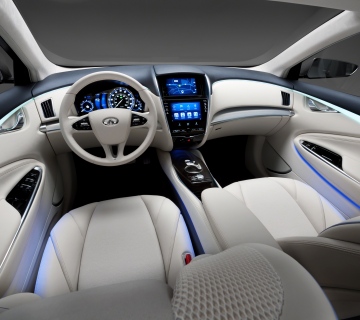When we think of technology today, most of us will immediately think of the super slim products coming from Apple, Samsung, and HTC. We think of how everything is getting so small and super fast. However, there are technologies that lie outside of the mainstream that involve massive machinery and incredibly big jobs. We call these “super machines” and they do some of the most interesting jobs. Here’s some highlights of what these machines are and what they do:
1. ABG Titan Road Paver
The ABG Titan Road Raver is a 25 ton tarmac road paver that has the ability to deposit 19 inch thick tarmac spreading 52 feet across in a single pass. The paver accomplishes this feat through sheer size. Dump trucks constantly feed asphalt into the paver’s hopper. With the help of a corkscrew, the paver evenly distributes mixed tarmac onto the ground in a crack free layer, making it perfect for airport runways.
2. Takraf Bagger 293 Bucket-Wheel Excavator
The Takraf Bagger 293 is the largest land vehicle ever produced. The Bagger is primarily used as a continuous digging machine in open pit mining environments. For excavation, the Bahher 293 uses a series of buckets rotating vertically on a 70 foot tall wheel. When this wheel spins, it scoops materials into the buckets which then delivers them onto a conveyor belt. Materials are then conveyed to trucks and trains which then move the excavated product to some other location.
3. Large Hadron Collider
The Large Hadron Collider (LHC) is the largest particle accelerator ever created. The machine created some controversy when some became convinced of its ability to produce black holes. Scientist wanted to observe the behavior of colliding particles travelling extremely fast. To make this happen, the LHC uses a 16.77 mile ring of superconducting magnets that boost the particles close to the speed of light before they collide.
4. Mærsk E-class container ship
Where the LHC is an extremely complex maching, the Mærsk E-class containers ship uses primitive technology, blown into a larger scale. The ship is 1302 feet long, 184 feet at its widest and 98 feet deep. To move the 171 thousand ton ship, the Mærsk E class uses a 109 thousand horsepower engine and five smaller engines producing 40,000 extra horsepower. Amazingly, the ship gets up to speeds of 29 miles per hour, which may not seem fast, but considering the 14,770 TEC units (those boxes you see on trains) of cargo, this ship is blazing.
5. Mammoet PTC III Hydraulic Crane
With the ability to lift 1600 tons at 80 meters per minute, the PTC III is the largest hydraulic crane in the world. Hydraulic cranes work under the principle that fluids cannot be compressed and therefore are the perfect medium for the loss-less transmission of power. Using a set of pumps, operators can lift, lower, and stabilize the crane by transferring fluid between sets of pistons. It blows my mind that massive cranes use small parts like this hydraulic spool valve to produce the force needed to get the job done:

Image Credit: Flodyne Incorporated



